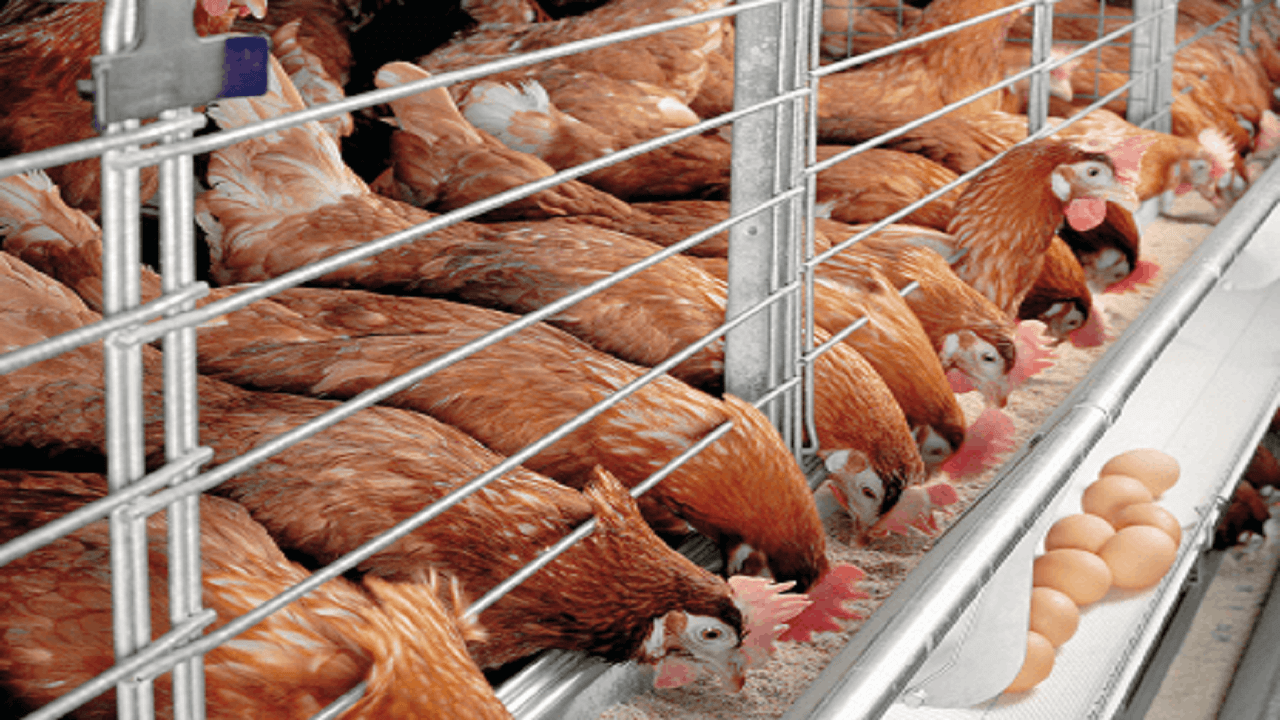
Catfish and Poultry Farming in Nigeria
July 31, 2016, 11:38 am
Are you thinking of going into an Agribusiness? I’m sure you’ve heard a lot about the potentials of Agriculture, especially catfish farming and poultry farming in Nigeria, and how it is capable of employing millions of people. Well, as someone who has a first-hand experience in both catfish farming and poultry farming in Nigeria (I’ve been running a catfish farm since 2010 and my Dad has a poultry farm that is in its 13th year of operation) I want to analyze the two most common agribusiness ventures in Nigeria so that if you want to go into the catfish farming or poultry farming in Nigeria, you can decide which one is best for you.
I’ll be using 4 parameters to analyze catfish farming and poultry farming in Nigeria. These parameters are:
-
Startup capital
-
Operation & Maintenance (O&M)
-
Market
-
Profitability
In order to do a fair and thorough analysis, I’ll be comparing catfish farming and poultry farming in Nigeria from the standpoint of someone who’s trying to decide between starting a catfish farm with 500 fishes and going into poultry farming in Nigeria with 500 birds (layers)
STARTUP CAPITAL
I’ll be making an assumption that there’s an available land already. I won’t be factoring in the cost of getting a land.
Poultry Farming in Nigeria
-
500 birds (point-of-lay layers): N675,000
-
5 cages (96 birds-per-cage) to house the 500 birds: N250,000
-
Cage house or pen construction: N400,000
-
18-months’ worth of feeding (using packaged feeds): N4,522,500
Total startup capital for 500 birds (layers): N5, 847, 500
Catfish Farming in Nigeria
-
500 fingerlings: N10,000
-
Wooden (VAT) tank construction and labour: N150,000
-
4-months’ worth of feeding: N150,000
Total startup capital for 500 fishes: N310, 000
For this parameter, the grades for both of our consideration are
Poultry Farming in Nigeria: C Catfish Farming in Nigeria: A
OPERATION & MAINTENANCE (O&M)
Poultry Farming in Nigeria
It requires a very high level of O&M because the quality of their production depends on how well you manage them. You have to feed them 2 to 3 times a day. You have to make sure you give them quality water to drink. And from time to time, they’ll be visited by a veterinary doctor who will administer drugs and injections to them in order to keep them healthy. Failure to do this will expose your birds to all manner of diseases and flus. I still remember, like it was yesterday, how the chickens in my father’s farm were dying in their dozens due to the bird flu outbreak of 2006.
Also, you’ll need to hire one farm labour to help you with the O&M. Hire someone who lives close to your farm so that you won’t have to pay him or her too much. The current wages of a farm labour for poultry farming in Nigeria is between N10, 000 to N20, 000 a month.
Catfish Farming in Nigeria
It doesn’t require a very high level of O&M. However, the success of their growth depends on the cleanliness of their water tanks and the quality of their feeds. To keep their tanks clean, you’ll need to have a good drainage system that flushes out their dirty water and replaces it with clean water. This water disposal system is always factored into the construction of their tanks. Their feeds need to be of the highest quality. You can either opt for already packaged feeds or you can choose to manufacture or produce your own feeds. Packaged fish feeds like Coppens, Durante etc. are more expensive compared to producing your own feed. To produce your own feed, you need a very good fish feed formula to guide you in sourcing ingredients and determining the ration of how these ingredients will be combined. Most catfish farmers guide their feed formula jealously and won’t reveal it to just anyone. Catfishes don’t need a veterinary doctor to check up on them at all. But if you don’t maintain them well, you can have a disease outbreak. You’ll also need a farm labour to help you with O&M if you won’t be available to run the catfish farm full time.
For this parameter, the grades for both of our consideration are
Poultry Farming in Nigeria: C Catfish Farming in Nigeria: A
MARKET
Poultry Farming in Nigeria
There’s a very good market for poultry products. Eggs are always in demand from both individuals and companies. Companies such as bakeries, restaurants, hotels etc. use eggs for making scotch eggs, cakes etc. While individuals love using eggs to eat bread, yam and to bake as well. The good thing about poultry (layers) is that after they’ve spent 18 months laying eggs for you, you can sell them off at a higher price than you bought them. If you can time the sales of your old layers (that’s what they call layers that have reached the end of their laying cycle) to coincide with a festive period like Christmas or Easter, people will fight among themselves just to buy your chickens!
The excretion of poultry can also be bagged as manure and sold to vegetable farmers as well. There’s a very good market, all-year-round, for everything that your poultry farm produces. Selling any of your products will never be a problem. Poultry farming in Nigeria is a business with a very strong cash flow
Catfish Farming in Nigeria
There’s also a very good market for catfishes too. There’s a very high demand for catfishes all year round. The demand is highest from football viewing centers, restaurants and market women who buy in bulk and sell in retail either as live catfishes or smoked catfish. Individuals also demand for catfishes too for personal consumption. With catfishes you’ll never have any problem selling your products.
For this parameter, the grades for both of our consideration are
Poultry Farming in Nigeria: A+ Catfish Farming in Nigeria: A
PROFITABILITY
I’ll exclude the O&M costs from these calculations because the variables can’t be accurately forecasted generally. They are specific to each person’s situation.
Poultry Farming in Nigeria
Your birds, if well raised and managed, have the capacity to produce 8,670 crates of eggs for you over an 18 month period i.e. 17 crates a day from the 2nd month to the 18th month. You can conveniently sell one crate of egg for N750. So, for 18 months, eggs alone will generate N6, 502,500 (8, 670 X N750) for you. At the end of their production cycle, assuming you have a death rate or mortality rate of 5% (this means 5% of your 500 birds, 25 birds, die during their production cycle) you should have about 475 birds left in your farm after 18 months. Depending on what time of the year you choose to sell them (prices of chicken are highest during festive periods like Christmas and Easter) you can sell each old layer for a minimum of N1, 500 per chicken. So your 475 birds can generate N712, 500 (475 X N1, 500) for you.
From egg and bird sales alone over an 18 month period, you will generate a total sale of N7, 215,500. There’s also money to be made from selling their excretion as manure but the cash generated from this is insignificant compared to the eggs and chicken sales. This is an aspect of poultry farming in Nigeria whose potential isn’t being properly harnessed.
With an invested capital of N5, 847, 500 and total sales of N7, 215,500, your gross profit margin is 23.39%. Note that most of the things you spent your money on like the cages and poultry pen to house the cages are fixed assets in nature. You will be able to use them for future layer productions and you don’t have to recover their cost in your one production. Personally, I love the positive cash flow aspect of poultry farming in Nigeria because you get to make sales on a daily and weekly basis.
Catfish Farming in Nigeria
Assuming they are well raised and you have a very low death rate or mortality rate (about 5%, which means of the starting 500 fishes, 25 die along the way), you can expect each of your 475 surviving fishes to grow to a minimum of 1kg each giving you a total weight of 475 kg. The current market price for 1kg of fish is N800 so you can generate sales of N380, 000 (475 X N800).
With an invested capital of N310, 000 and sales of N380, 000, your gross profit margin is 22.58%. Unlike poultry farming, catfish farming doesn’t have a good cash flow. You won’t be able to sell every day or every week. You have to spend a minimum of 4 months raising the fishes before they reach market size of 1kg each.
You can boost your profitability in catfish farming by smoking them and selling them to individuals or supermarkets. This form of catfish commands a higher price in the market but you’ll have to spend money either hiring someone to smoke them for you or buying the smoking equipment and doing it yourself.
Just like with poultry farming, the tanks and most of the structure you put in place are fixed assets in nature and their costs would be recovered over several productions.
For this parameter, the grades for both of our consideration are
Poultry Farming in Nigeria: B Catfish Farming in Nigeria: B
CONCLUSION
Going by these 4 parameters, I’ve used to compare both catfish and poultry farming in Nigeria, catfish farming in Nigeria has an overall rating of A while poultry farming in Nigeria has an overall rating of B. They are both good ventures to go into but they have unique strong points and weak points. It is every farmers dream to have both of them because they offer a very nice balance to each other and they complement each other.
The trick in both types of farming is to know the techniques and practices that will reduce mortality or death rate and boost growth and production. The analysis above is not 'cast in stone' or fixed. It's meant to give you a general overview of cost implications. You can decide to do away with some items in order to reduce cost and boost profitablity. In poultry farming, for example, you can decide not to use cages and you can opt to manufacutre your own feeds instead of buying already manufactured feeds. Not using cages means your eggs would be laid on the floor making it susceptible to being broken and becoming very dirty.
Also, in catfish farming, you can decide to smoke and package your fishes for sale to supermarkets and shops instead of selling to market women.
I hope this analysis helps to make the decision on which of the two ventures you would like to go into easier. There are other things you need to put in place before choosing any of these two ventures but the ones highlighted above are the most critical. If you need a comprehensive business plan to secure funds to start and grow your catfish and poultry business farm, send a mail to agsolutions@agricdemy.com
If you are interested in either Poultry or Catfish farming, then click here to register today to watch our tutorial videos that will show you what you need to do and know about starting your own farm.


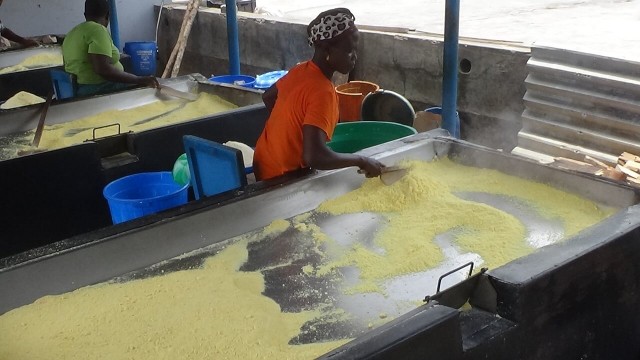
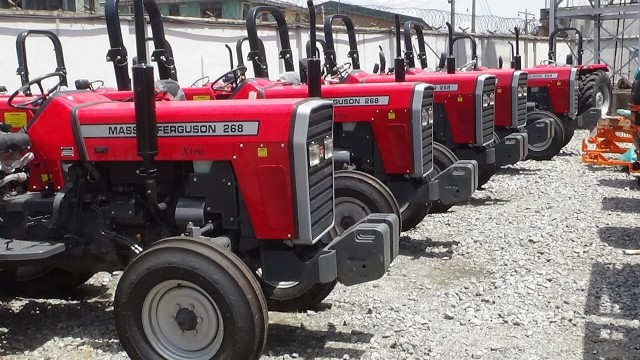

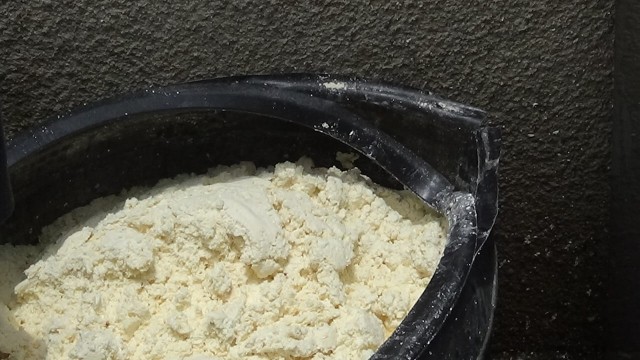
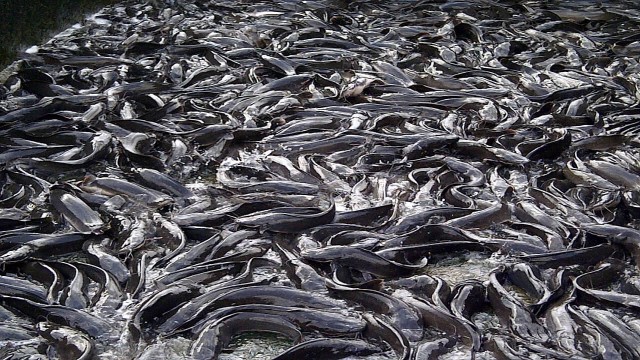




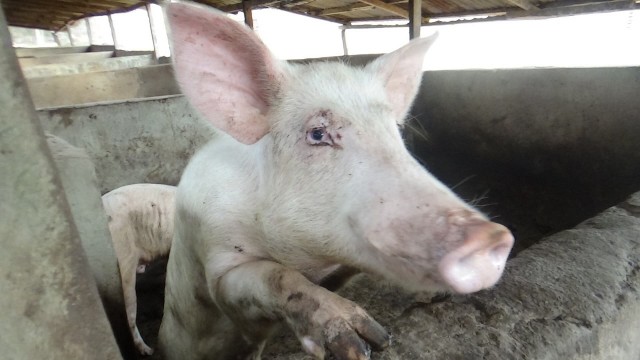
Share This Article: